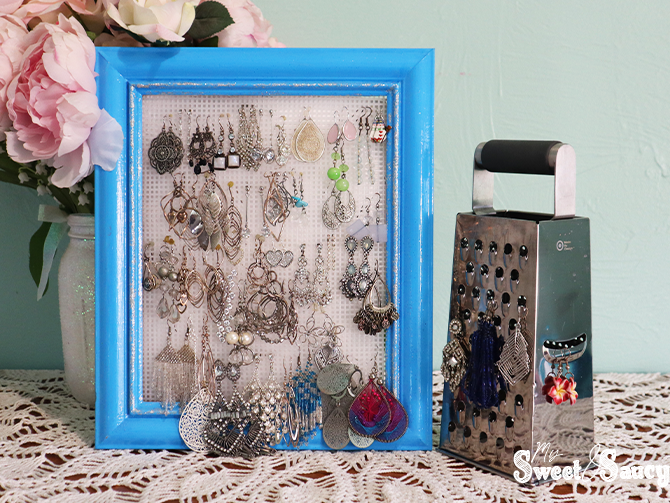
28 DIY Earring Storage Ideas That Are Easy
DIY Earring Storage DIY earring storage does not have to be complicated or cost a lot. There are many beautiful earring ...
Here you will find answers to all kinds of questions, perhaps even questions you didn’t know you had!

DIY Earring Storage DIY earring storage does not have to be complicated or cost a lot. There are many beautiful earring ...